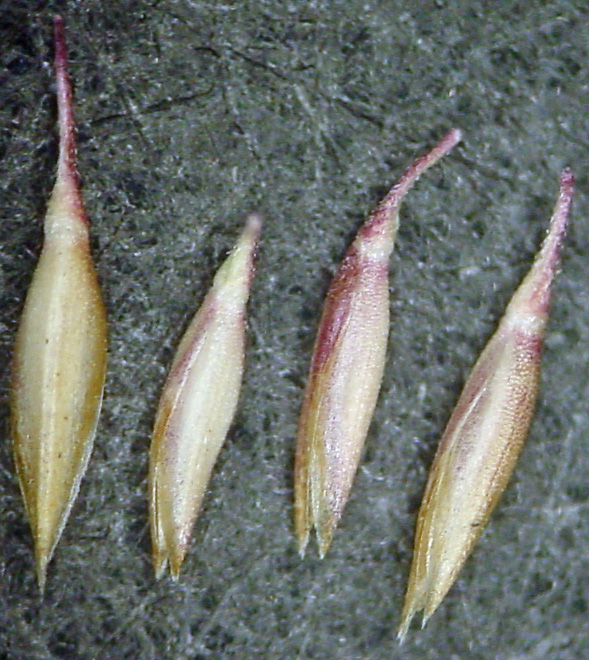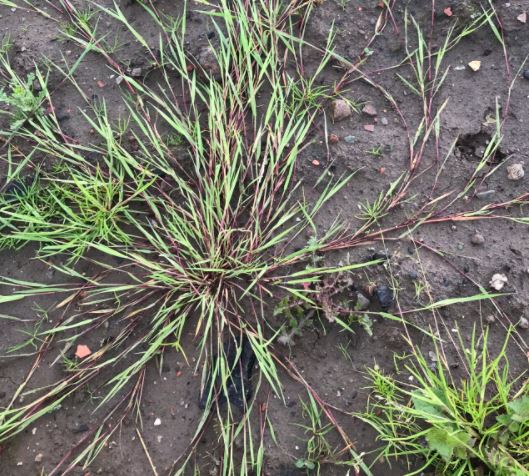
Cudweed season is upon us (Gnaphalieae: Asteraceae). What makes these plants so tricky to identify is that their general woolliness hides all the bits that are important for ID. The other thing is that they are now split up into seven different genera 







Let's look at how the genera are separated to begin with. I know it’s illegal, so you need to get the land-owner’s permission to uproot one of your plants. Is it an annual (left) or a perennial (right, with short rhizomes). The only perennial genus is Omalotheca. 


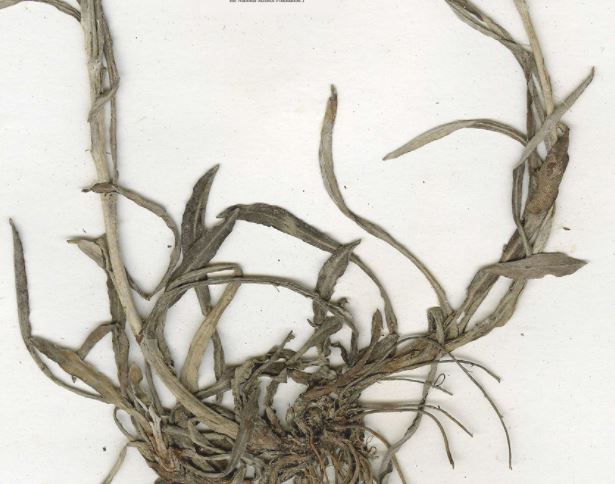
The hard work starts with the annuals. Use your tweezers to free up at least one capitulum, and open it up to see inside. Find the marginal flowers (easier said than done). See if they have receptacular scales or not (illustrated with scales). 

If they do have receptacular scales they are either Filago or Logfia, if not, then either Gamochaeta, Gnaphalium, Pseudognaphalium or Laphangium. I'm sorry that I dont have useful images of this key distinction, but I blame the woolliness. 

Flower heads with receptacular scales first. Lots of capitula in each head (10-40) is Filago (left). Few capitula in each head (2-8) is its anagram, Logfia (right) 

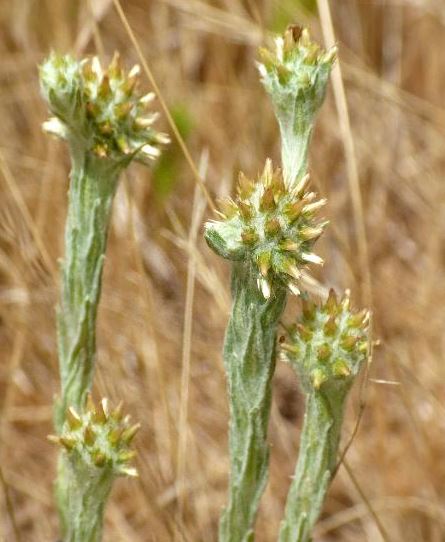
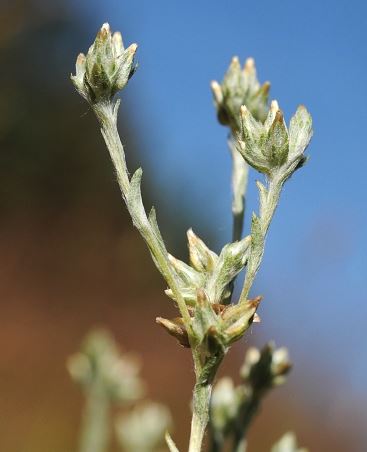
Flower heads without receptacular scales next. A refreshingly easy question at this stage. Is the inflorescence leafy (left) or are the leaves all below the region bearing flower-heads (capitula, right). 



We’ll do the leafy inflorescences first. These are separated on the shape of the inflorescence. If it is a spike (left) you have Gamochaeta. If it is a panicle or a corymb (right) you have Gnaphalium 



Finally, the genera with non-leafy inflorescences. If your leaves are green on the upperside you have Pseudognaphalium (left). If your leaves are white-woolly on the upperside you have Laphangium. 



Getting the genus right is the hard part. I'll go through the common species within each genus now. There is just one common Filago species, F. germanica (F. vulgaris as was). Its leaves are widest in the basal half. 
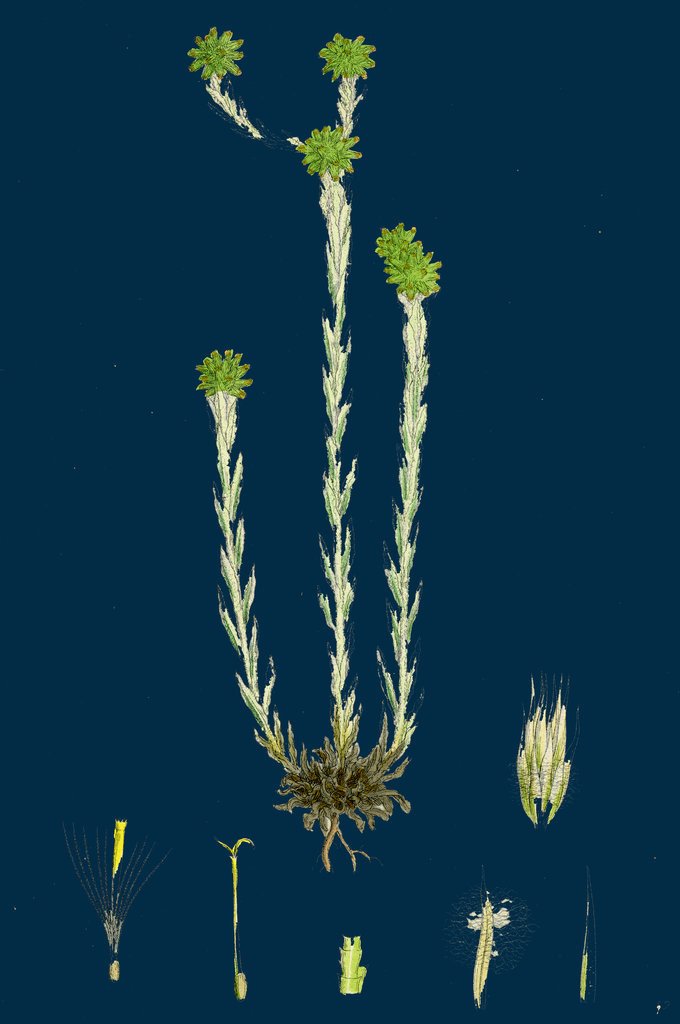
There's just one common Logfia species, too: L. minima (Filago minima as was). Making up new generic names that were anagrams of the originals reached its pinnacle in Cudweeds. 

The perenial genus Omalotheca has just one common species, O. sylvatica (Heath Cudweed, Gnaphalium sylvaticum as was). 

One of the commonest of all the cudweeds is Marsh Cudweed, found in damp, trampled ground in gateways and as an arable weed. This is the only species left in the genus Gnaphalium. It used to be known as Filaginella uliginosa, but is now Gnaphalium uliginosum. 

Some alien species next. This is American Cudweed, Gamochaeta purpurea (G. pensylvanica as was), and very distinctive it is too. 

The next one is best known as a seaside plant in the Channel Islands: this is Cape Cudweed, Pseudognaphalium undulatum (Gnaphalium undulatum as was) looking like a miniature Anaphalis. 

Finally, a plant that has become increasingly abundant on urban pavements and brick-paved car parking places in recent years, particularly near the Essex and Kent shores of the R. Thames in London. This is Laphangium luteoalbum (Jersey Cudweed, Gnaphalium luteoalbum as was). 

It is worth persevering with these Cudweeds, because once learned, you can do them by jizz alone, without even bending down. Top tip: learn them by their English names. 







Laphangium from Gnaphalium is yet another anagram.
• • •
Missing some Tweet in this thread? You can try to
force a refresh
























